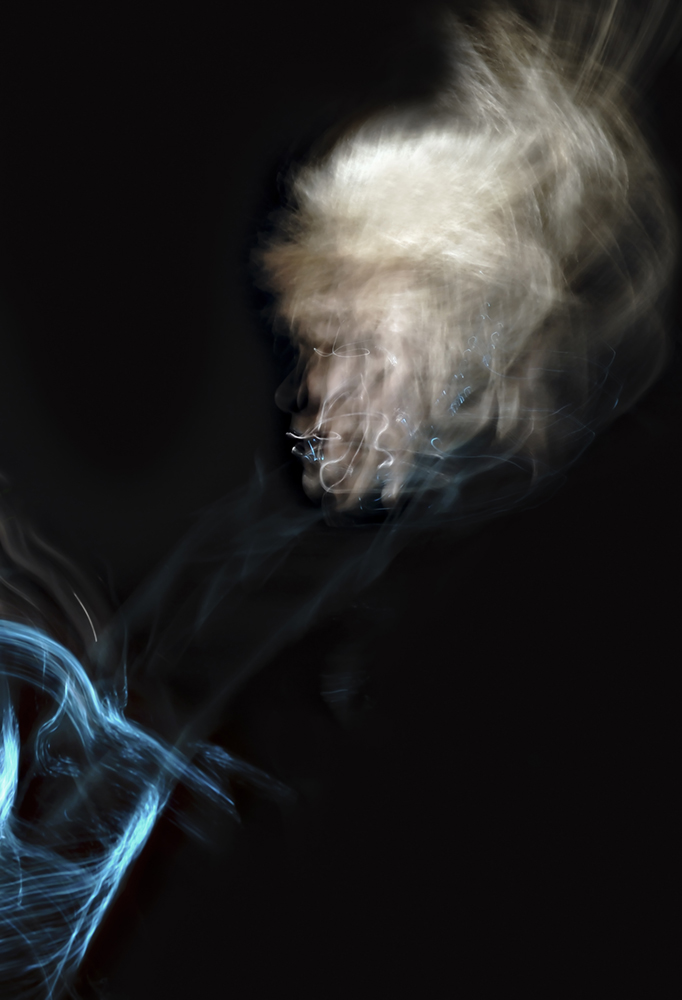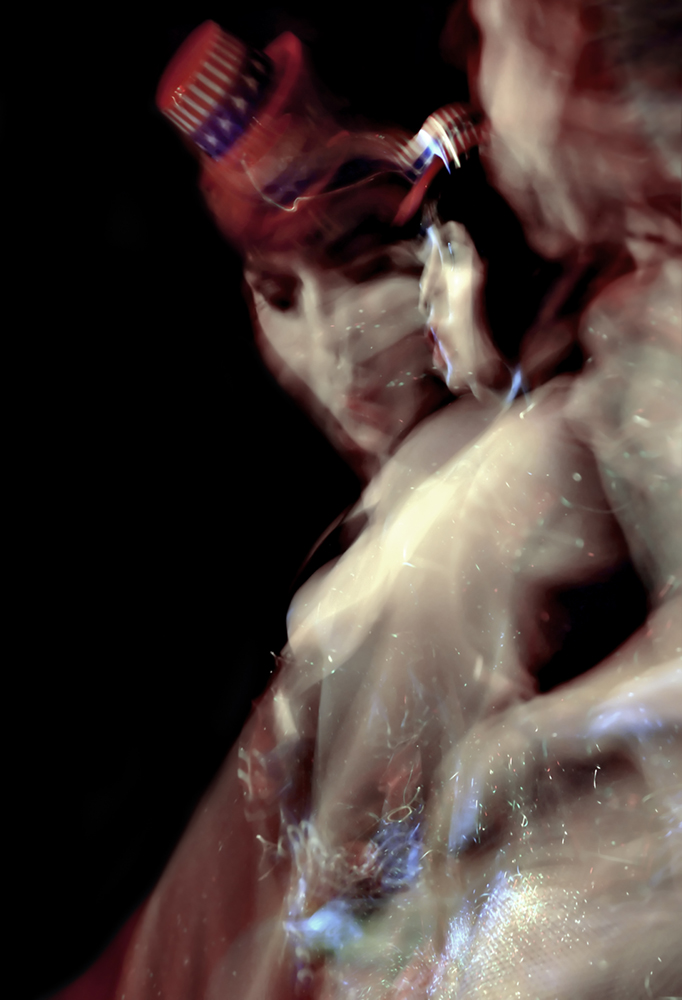Drag and Burlesque series
-
PhotographerErin Jennings, United States
-
StudioErin Jennings
Drag and Burlesque performance lives in an ambiguous space
firmly
entrenched between empowerment and exploitation.
The burlesque images in this series address how burlesque
performers function within a gendered, sexual space. Burlesque
offers a
thin veneer of empowerment to the performer, while still
retaining an
exploitative quality. This promotes an ambiguity concerning
how
burlesque fits in the realm of sexual exploitation, traditional and
contemporary feminism, and how it affects the performer and
the
viewer. Is burlesque an exploitative act? Or does it empower the
performer? Does it function as both an empowering and
exploitative act,
and what role does the viewer take within this paradox?
Like burlesque, drag performance also functions in a
similar
capacity. The drag and burlesque images are two separate series
that
can be displayed independently of one another; however, they
coexist
within the same body of work due to the process with which the
photographs are taken and the similarity in the nature of the
performances themselves. While drag is female impersonation,
the
performers have a tendency to transcend what is traditionally
feminine
and push into what can be defined as a hyper-feminine space.
Make-up
can become garish, clothing is exceptionally outrageous and
exaggerated, as are the performances. This shares a similarity
with
burlesque not only in costuming and nature of performance, but
in the
act of projecting a facade that hyper-realizes the actuality of
femininity.
This project has much to do with feminine gender
identity in
that burlesque and drag performance distort femininity as
inherently
and necessarily intertwined with eroticism. The question of
exploitation
arises in drag as it does in burlesque. Is the mode of
performance
empowering or exploitative? Can it function as both an
empowering and
exploitative act? The societal reaction to drag and burlesque is
similar in
that both have been decried as detrimental to the mainstream
perception of their respective minority. Neo-burlesque has been
viewed
as both an attack and on feminism and a feminist act; drag has
been
viewed both as a valid form of expression and empowerment,
and an
act that promotes stereotypes harmful to the LGBT community.
The photographs in this body of work address this
socio-
political ambiguity by negating straight photography. It utilizes
techniques that distort the image and the figure to reveal many
faces
and postures, and allow the performers image to embrace the
multiplicity inherent to the complicated reality of burlesque and
drag
performance.




